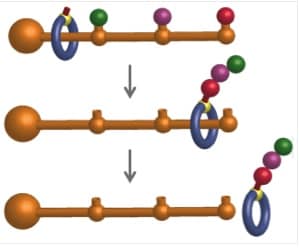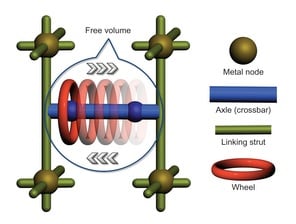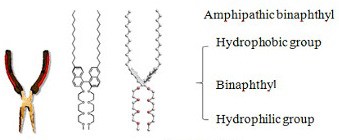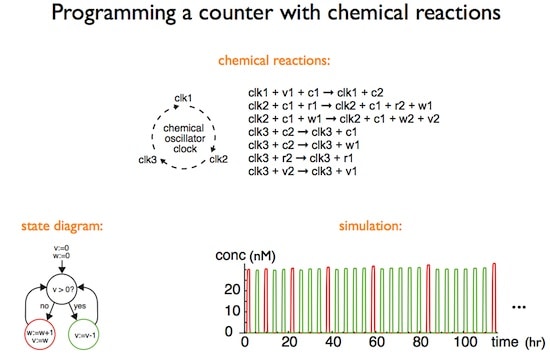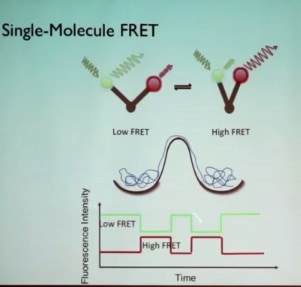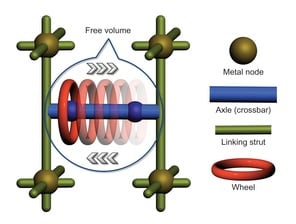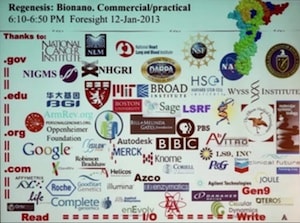An extensive review of artificial molecular machines, their large-amplitude motions, and the changes these motions produce, emphasizes small molecules and the central role of chemistry in their design and operation.
Review of artificial molecular machines and their controlled motions
